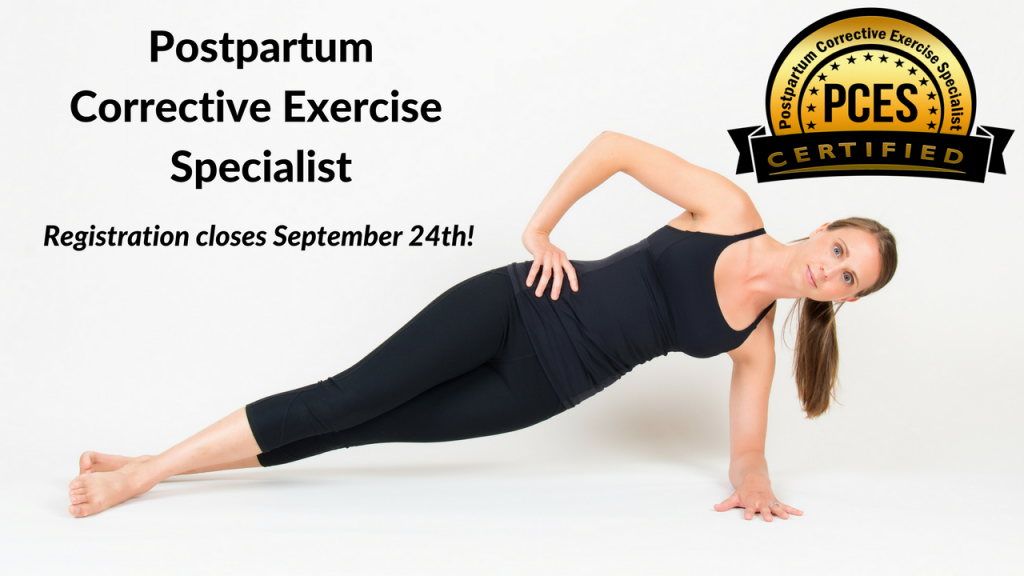If You Train Women or Are a Woman, Read This Post
I work with a lot of women who have had some form of pelvic floor dysfunction, almost all of them referred to me by a pelvic health specialist physical therapist. Their main goals range in the same way any other woman’s would, except they have some special considerations about core training and what kinds of movements or loading patterns to avoid or limit.
Because of this, I’ve had to take a lot of courses, shadow professionals, and learn an entirely different consideration to training than I’m used to. The good thing is that with proper training and progressions, you can achieve remarkable levels of strength and conditioning, even while recovering from pelvic injuries.
In many instances, training involves bracing the abdomen and creating an increased intra-abdominal pressure to help stabilize the spine and produce force from the limbs. This is a beneficial adaptation, and when everything is working together, all elements of the core (from the abdominals to the diaphragm to the pelvic floor) all work together to produce pressure and squeeze at once in a balanced manner.

Now if there’s a weakened point in this system, there’s the possibility that this pressure increase will lead to injury at the weak point, distension of the musculature, or even rupture of the muscle or ligamental system at the weak point. In the abdominal wall, this is a hernia. In the linea alba of the rectus abdominus, this is a diastasis recti. In the pelvic floor, this is a prolapse.
The severity of the damage can vary from one instance to the next, with minor prolapse being next to unnoticeable except when someone coughs, sneezes or is surprised. They may have mild incontinence or just a feeling of heaviness. In severe cases, they may have multi-organ prolapse and some severe issues that require surgical correction.
Because of this weakness and significant risk to damage, common core training methods may be the worst thing possible to help retrain the core following things like child birth. I can’t tell you the number of times I’ve seen new mom boot camps focusing on getting the dreaded “mummy tummy” back in shape with countless reps of crunches, even though this specific movement is likely one of the worst at creating downward pressure into the pelvic floor and could lead to further injury in compromised pelvic floors.

Image credit: http://www.juliewiebept.com/fitness/intra-abdominal-pressure-pelvic-health-friend-or-foe/
Because of this, there’s a fairly big gap in the knowledge base of many fitness professionals, and I’d even say many therapists, on how to actually go about retraining core strength following child birth. If these specialists who live this element day in and out have a hard time with it, then the lay-person will likely also have limited knowledge of what to do or where to turn to for help.
Luckily, there is a new resource to help out. Dr. Sarah Ellis Duvall, a doctor of physical therapy and pelvic health specialist, has created a 12 week Postpartum Corrective Exercise Specialist crash course to help you get the broadest sense of what pelvic floor issues are, how to address them appropriately, and what works versus what could cause more harm in your fitness routine to help you or them recover to their best ability. Obviously, there are times when a trainer isn’t the best option, so she also gives an overview of when to step in versus refer out, as well as a lot of bonus work and interviews along the way. The course is set up in weekly lessons to make it more effective to study while also not overwhelming you with stuff to go through.

The course has 2 tracts you could go through:
If you’re self directed and just want to learn the info, there’s a self-study option. For a more in-depth, community based and involved experience, additional research, and video technique analysis, there’s the inner circle option. If you work with women who have had kids, or plan to, this is an invaluable resource to speak to their specific concerns.
Registration is open now and closes September 24th, with lessons beginning shortly thereafter. Jump on this if you can.
Click HERE to register more info and to register
Let’s say you’re not tuned into the anatomy, don’t want to train others, but want to get your learn on for your own personal benefit. Have no fear! Sarah has some free resources you can use for your own training to help you get the best benefits as well. When you click the above link, there’s a menu option in the header called “Freebies” where you can access mini-courses, challenges, and webinars for free. For every new mom who comes to me for training, I have them sign up for the mini-course so they can get some further info on how to address pelvic floor function. It makes my job as a trainer a lot easier, plus it also helps build a higher level of value for the client by having a highly qualified professional show the ways they would train pelvic floor issues.